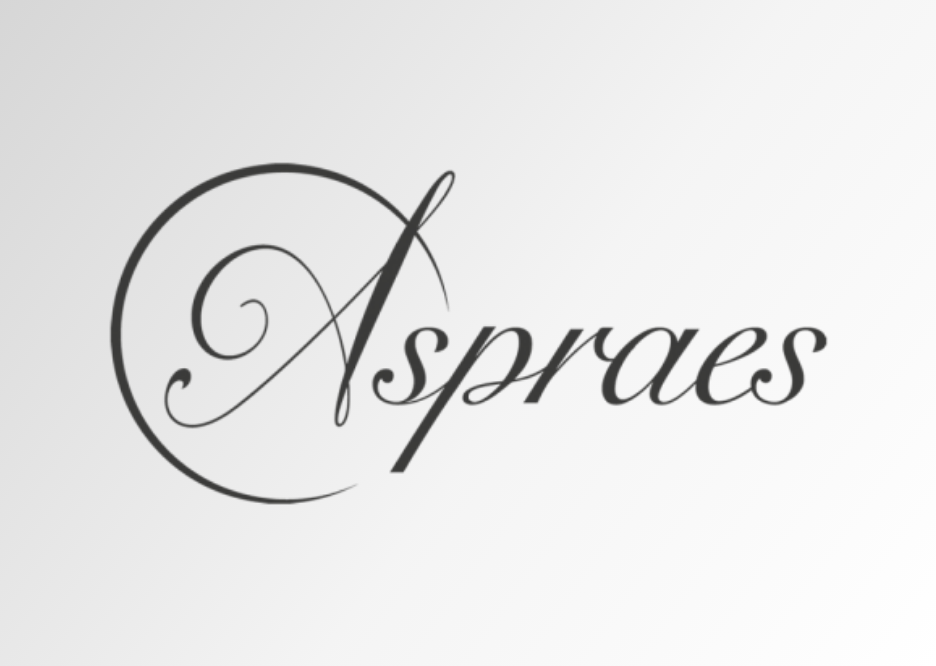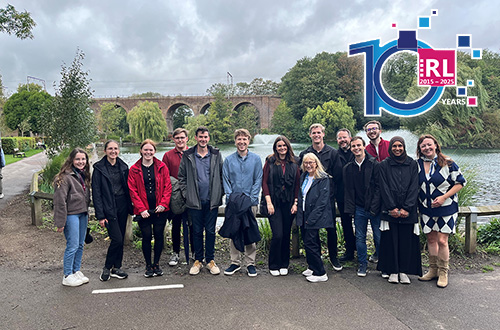Entering into a commercial land project through landowner collaboration is a process fraught with uncertainty and speculation.
This is mostly due to the UK tax system, which contains a number of potential pitfalls that can wreak chaotic effects on financial returns from the project.
A game of guesswork
Currently, there is no golden tax-efficient option for collaborative land projects. Instead, the landowners involved must jointly consider their needs, then choose from a number of structures for their project.
This is a tactic that could be compared to crossing your fingers and hoping for the best, since there is a wide and diverse spectrum for such projects, tax treatment can vary considerably depending on the project’s background and structure, and borderline cases attract uncertainty.
Clearly, the tax system as it stands does not meld with the government’s objective to encourage landowner collaboration and development. Yet while HMRC has acknowledged that tax presents an obstacle, it is unlikely that the rules will be reformed in the near future.
Commercial land projects should not, of course, be determined solely by tax outcomes. However, to provide some clarity for potential collaborators, the current options may be broadly summarised as follows.
Land pooling via JV entity
Land pooling involves the collaborators establishing a separate joint venture (JV) entity – a company or limited liability partnership (LLP) – into which they will each transfer their land, with ownership reflecting their individual contribution.
This option involves a variety of factors to consider. The entity is likely to attract stamp duty land tax (SDLT) based on the market value of the properties being transferred. Landowners could also be liable for capital gains tax (CGT) or income tax, on disposal of the site.
Furthermore, longer term tax consequences must be taken into account, depending on whether the JV entity is a company or LLP.
A company will be subject to corporation tax on profits from site sales, while a LLP is likely to be regarded as “trading” for tax purposes, so collaborators will be subject to income tax (rather than CGT) on their share of site sale profits.
Land Pooling via Trust arrangement
Land collaborators transfer the legal interest in their land to trustees, who will then hold the land on bare trust on their behalf. The collaborators’ individual entitlement to proceeds from the project is proportionate to the value of the land at the date it was transferred into the Trust.
While the inception of the trust arrangement should not (if structured correctly) attract immediate CGT or SDLT as things currently stand, care must be taken around the structure of the trust arrangement to ensure it is consistent with case law.
However, it is worth noting that such case law (the landmark case being Jenkins v Brown) now dates back over 30 years, and there is no guarantee that HMRC will not single out a particular trust arrangement to apply an alternative decision.
Collaborators could also find themselves liable to income tax rather than CGT, should land be designated as trading stock, or if certain anti-avoidance legislation is determined to apply.
Equalisation arrangements
An equalisation arrangement involves each collaborator retaining ownership of their land whilst working together to promote the site, sharing costs and proceeds proportionate to the value they each own. This is achieved through equalisation payments.
As collaborators retain ownership of their land, there should be no upfront tax charges on formation of the equalisation agreement. However, should one or both hold their land as an investment, sale proceeds could potentially be taxed twice, due to the strict CGT regime.
By this we mean that the party who has to pay a proportion of their gross proceeds to their collaborator is unlikely to benefit from CGT deduction on that payment.
The situation is potentially worse for the collaborator benefitting from those equalisation payments – as this payment is effectively an amount that is in excess of the market value of their land, that excess will generally suffer income tax rather than CGT.
There are ways of potentially mitigating the lack of CGT deduction issue for the “payer” of the equalisation sum – generally through re-working the contractual arrangements with the promoter/developer – but the latter income tax issue for the recipient is harder to mitigate.
Where that risk is considered unpalatable, this has often been the trigger for landowners looking at one of the other structures we have mentioned above (i.e. bare trust pooling or a JV limited company).
As for trust arrangements above, income tax may also be applied to land designated as trading stock, or in line with certain anti-avoidance legislation.
Whether land is held as an investment or trading stock is not always as simple a question as it appears. It may therefore be wise for collaborators not to take certain actions, such as carrying out physical development works at the site prior to its sale.
Looking ahead
When choosing collaborators for a commercial land project, landowners should be careful to ensure that everybody is aligned to the same objectives and outcomes. Doing so will make it easier to select an appropriate project structure, as well as reducing the possibility of one collaborator using tax legislation against the others.
Due to the many potential tax issues and complications described, it is also vital that expert advice is sought before entering into a collaborative land project. For independent advice and support, please contact our dedicated team at Rickard Luckin.
If you have any questions about the above, or would like more information specific to your circumstances, please enter your email address below and we will get in touch:
Related View All
















